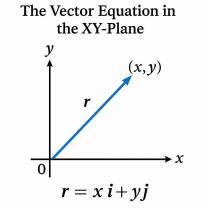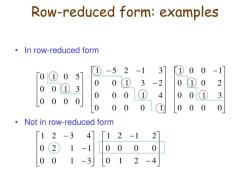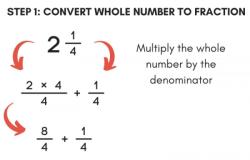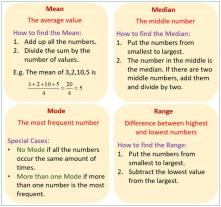What is the most important discrete variable?
Key discrete variables are categorical variables that take on distinct, separate values and do not have a continuous range. These variables play a crucial role in data analysis, as they provide insights into different categories or groups within a dataset. Here are some common examples of key discrete variables and their importance:
1. Gender:Gender is a discrete variable with categories like "male," "female," and sometimes "non-binary" or "other." It's important for understanding demographic characteristics, healthcare needs, and societal trends.
2. Marital Status:Categories like "married," "single," "divorced," and "widowed" offer insights into family structures, social dynamics, and potential influences on decision-making.
3. Educational Level:Educational levels such as "high school diploma," "bachelor's degree," "master's degree," and "Ph.D." help analyze the educational distribution of a population and its potential impact on career opportunities and income.
4. Income Brackets:Dividing income into categories like "low income," "middle income," and "high income" allows for understanding economic disparities and evaluating purchasing power.
5. Ethnicity/Race:Ethnicity or race categories like "Caucasian," "African American," "Asian," "Hispanic," and more help analyze diversity, health disparities, and social inequalities.
6. Job Titles/Occupations:Different job titles or occupational categories offer insights into employment trends, job satisfaction, and income distribution across various professions.
7. Likert Scale Responses:Responses to Likert scale questions (e.g., strongly disagree, disagree, neutral, agree, strongly agree) provide a structured way to measure attitudes, opinions, and preferences.
8. Yes/No Responses:Binary options like "yes" or "no" are fundamental for analyzing decisions, preferences, and binary outcomes.
9. Political Affiliation:Categories such as "Republican," "Democrat," "Independent," or specific party affiliations help understand political preferences and trends.
10. Geographic Regions:Discrete variables representing different regions or locations are crucial for analyzing geographical patterns, distribution of resources, and regional disparities.
Importance of Key Discrete Variables:
Data Segmentation: Discrete variables enable the division of data into meaningful segments, allowing for comparisons, trends, and insights within specific categories.
Descriptive Analysis: Discrete variables help in describing and summarizing data. Frequency distributions, percentages, and charts provide insights into the distribution of categories.
Inferential Analysis: Discrete variables are used in statistical tests such as chi-square tests, which determine whether observed differences between groups are statistically significant.
Predictive Modeling: Categorical variables contribute to predictive models, where they can be used as features to predict outcomes based on group characteristics.
Social and Policy Insights: By analyzing discrete variables, researchers can gain insights into societal trends, inequalities, and disparities, which can inform policy decisions.
Market Segmentation: In marketing, discrete variables like demographic attributes are used for market segmentation to tailor products and services to specific groups.
Personalization: Discrete variables help in creating personalized experiences and recommendations in fields like e-commerce and content delivery.
In data analysis, understanding and interpreting discrete variables are essential for drawing meaningful conclusions, making informed decisions, and generating actionable insights. Discrete variables provide a lens through which data analysts and researchers can examine the nuances of different categories and uncover patterns that might not be evident when dealing solely with continuous variables.












